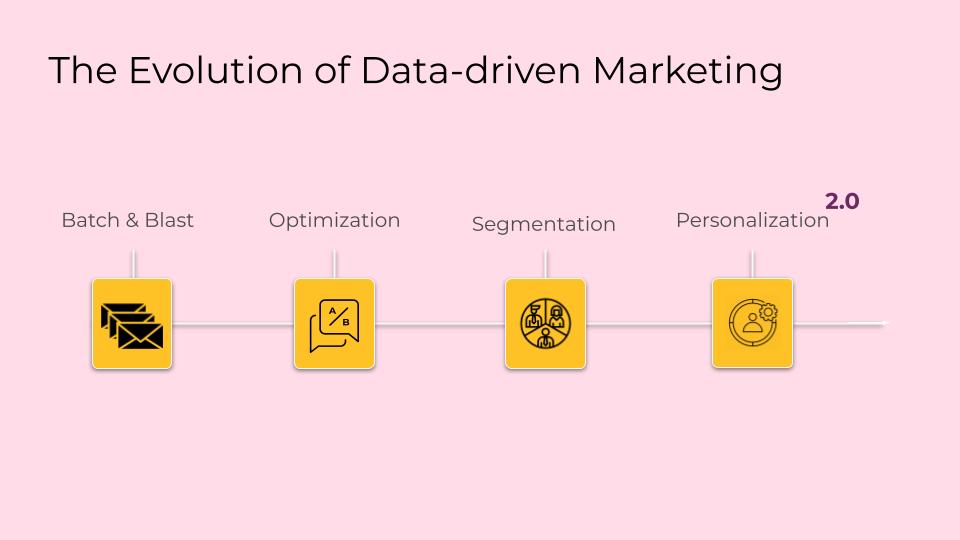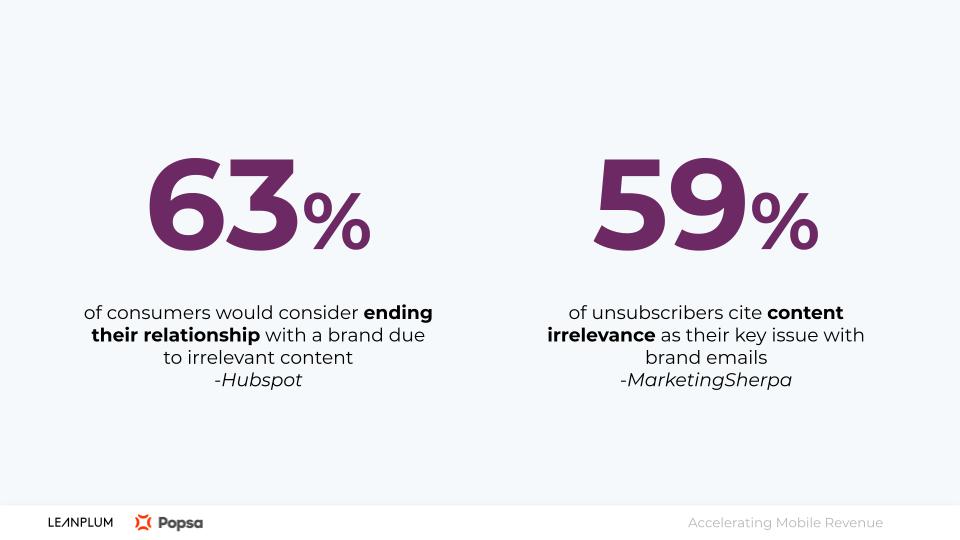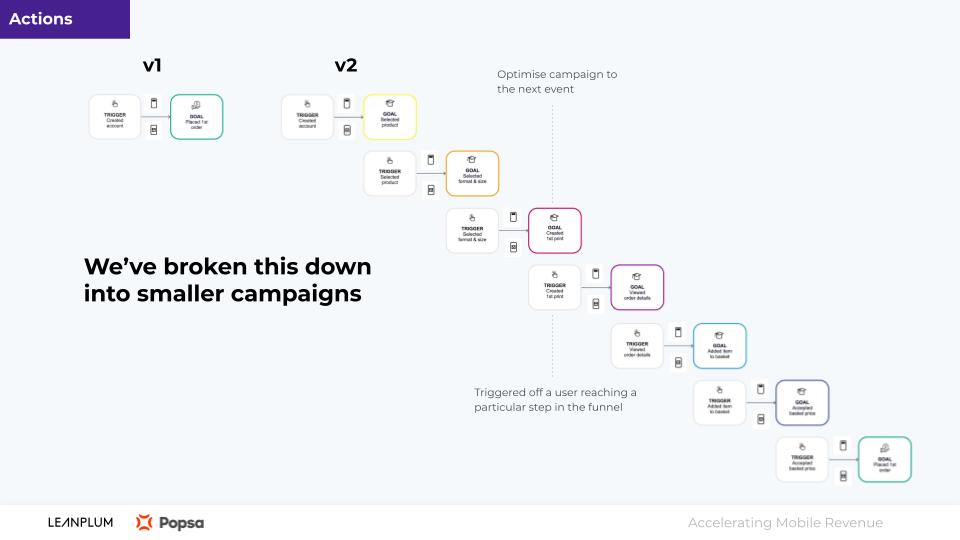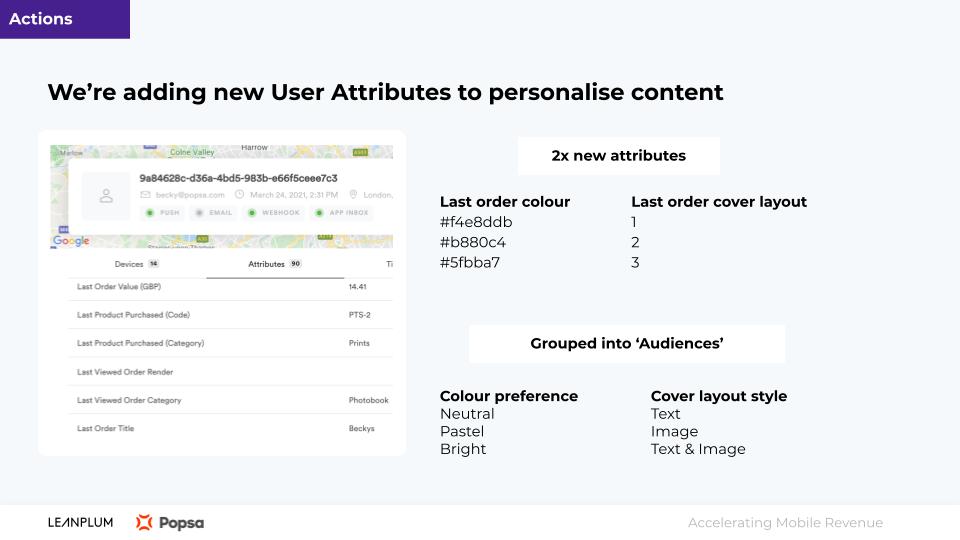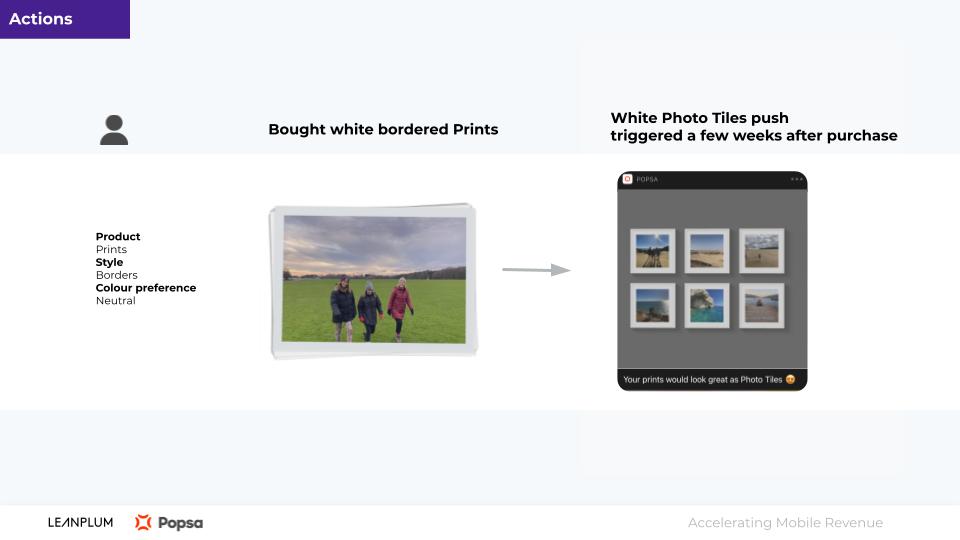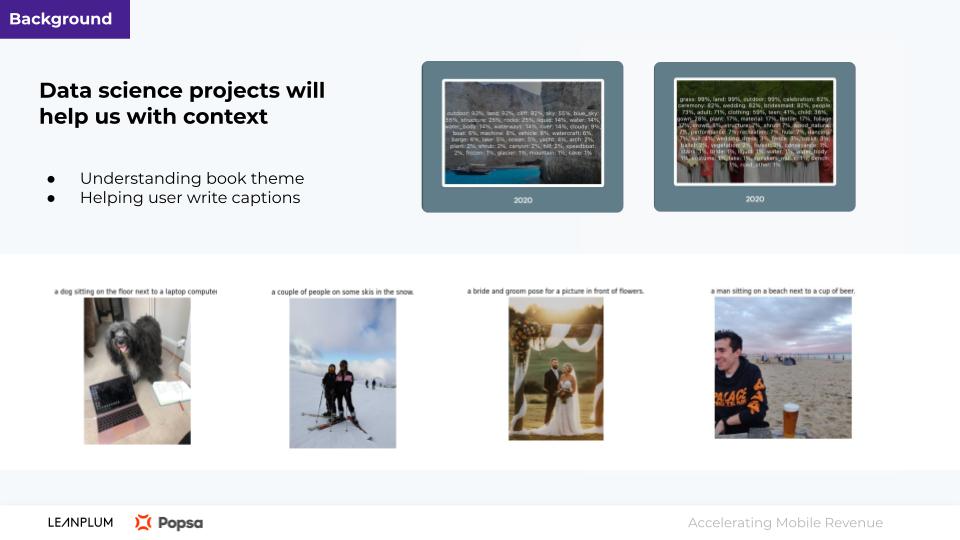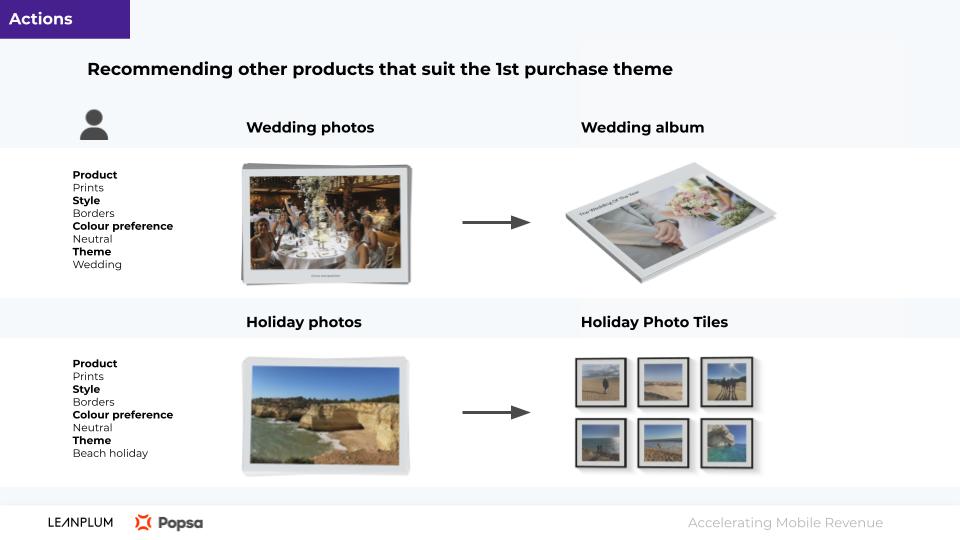In a recent webinar at App Promotion Summit, London, Brooke Fergusen, senior customer success manager at Leanplum and Becky Percival, head of CRM at Popsa discussed the evolution of data-driven marketing and how mobile-first companies can optimize their customer engagement, customer experience, and revenue.
What is true customer engagement?
When thinking of customer engagement, most of us think of our favorite coffee shop, where we feel most welcome and taken care of. The barista knows our name and our favorite beverage. She greets us and starts making our coffee as we walk in.
While ideal, this level of service and attention is only attainable when you’re servicing a small group of customers. If we scan customer engagement tactics through the years, we see that there is a clear evolution in data-driven marketing as businesses strive to connect more intimately with their end users (Figure1).
Figure 1 – Evolution of data-driven marketing
A good example of pure batch and blast is when businesses were targeting certain demographics as a whole, i.e., all people in the same zip code got the same email. Eventually, and as data and targeting became more important, some level of A/B testing was added to optimize the messaging to end users.
As access to better and granular data became possible, and as more people went online, businesses were able to communicate with millions of customers and do further segmentation of their audiences. From there and with the popularity of the mobile device, deeper personalization became possible, leading to today and personalization 2.0, where using data unification, multi-channel deployment and real time engagement allows for a highly-tailored experience.
Figure 2 – Consumers demand personalization
You might ask why do brands adopt deeper levels of personalization? Because consumers demand it. (Figure 2). In fact, Leanplum did its own research and published a data science report on the topic.
Analyzing data from more than 1800 campaigns and over 670M messages sent, we found that as the level of personalization grew, so did the impact on revenue (Figure 3). From basic segmentation (bottom of the ladder) to the highest level of personalization (message content customization – top of the ladder), brands can realize a 3X improvement on revenue with more personalization. We also examined the value of holdbacks, both at universal and campaign levels. Interestingly, and as our webinar poll also confirmed, almost no one uses universal holdbacks, which can be key in evaluating the general effectiveness of your overall messaging.
Figure 3 – Value of personalization beyond segmentation
Read our recent blog post to dive deeper into our data science report and analysis of our findings.
How Popsa Uses Personalization
A Leanplum customer, Popsa is a photo printing app that helps people bring their stories to life. Based in the UK, this 5-year old company is dedicated to making it easy for its users to get from uploading their assets to creating beautiful photo books in a matter of minutes.
As Becky Percival, head of CRM at Popsa explained, Popsa is all about creating a fluid user journey, making it easy for the user to move through the product. To do so, Popsa uses a marketing funnel, which informs it of all the steps in the user journey. Becky discussed three use cases: 1) optimizing key behavior-triggered campaigns, 2) personalizing design and product recommendations, and 3) personalizing the creation ideas in steps 1 and 2.
In use case 1, Popsa breaks down the user journey into steps or smaller campaigns and uses A/B testing and variables to follow/prompt the user at each step (Figure 4).
Figure 4 – Customer journey broken into smaller campaigns
Following the user through each step of the funnel allows Popsa to understand the user’s behavior and therefore message the user at critical points, i.e. dropping off before uploading photos (Figure 5) or before uploading their final product to the basket.
For its second use case, personalizing design and product recommendations, Popsa uses the user’s past purchase behavior as a guide to recommend new products and designs. In order to do this, Popsa is constantly adding new attributes (in Leanplum) to serve its users needs (Figures 6 & 7).
Figure 5 – New attributes for content personalization
Figure 6 – Recommendation to user based on past purchase
Popsa’s third use case is all about using historical user data and past purchase behavior to inspire users to work on their next creation, feeding them ideas through new and existing attributes. To do this, Popsa’s data science team helps provide better context, from text that could help making writing captions easier to suggesting new creations and design, like calendars and photo tiles (Figures 8 & 9).
Figure 7 – Popsa data science team provides context
Figure 8 – More products recommended based on past purchase behavior
In summary, what Leanplum and its customers like Popsa have learned is that deeper levels of personalization lead to better customer engagement, higher retention rates, and improved ROI (more data from Popsa will be shared in the coming months).
Additional Resources
- For deeper insights shared by Popsa and Leanplum at App Promotion Summit, London, watch the entire webinar here.
- Download Leanplum’s data science report and read an analysis of our findings.
- Check out our blog, resource center, and customer stories for valuable content on optimizing your customer engagement.
—
For app-first companies, Leanplum is the only solution that helps personalize and optimize all customer touchpoints, both inside and outside the app. Leanplum combines multi-channel Lifecycle Marketing with the ability to A/B test the Product Experience for complete, end-to-end personalization of the mobile journey. Break down organizational silos and eliminate point solutions to enable rapid growth.


